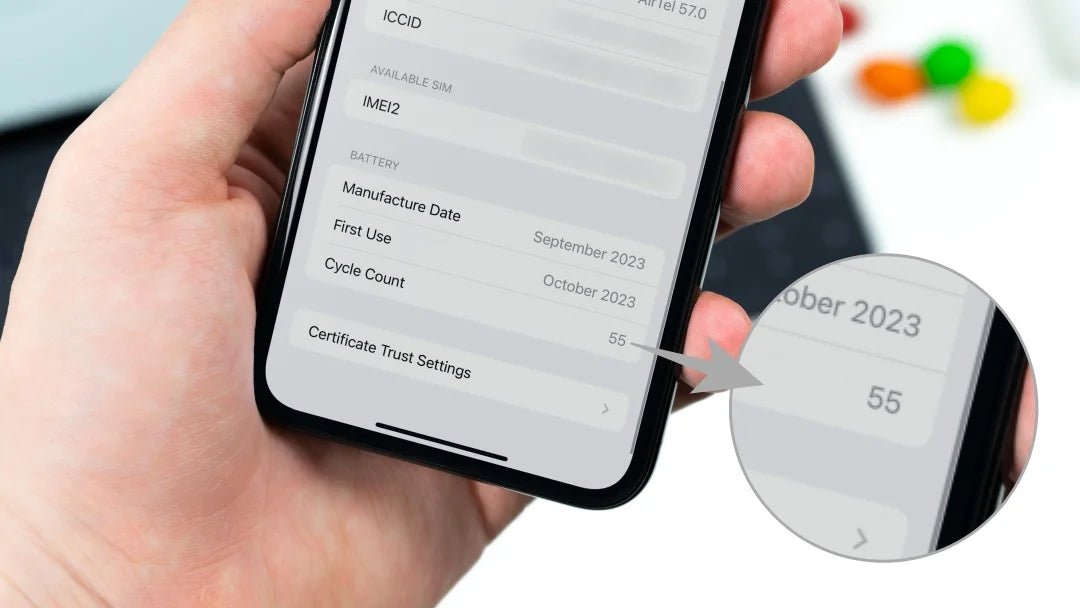If you're an iPhone user concerned about battery health, you might have come across the term "battery cycle count." But what does battery cycle count mean on iPhone? Understanding this term can help you maintain your device’s battery life and overall performance.
What is a Battery Cycle Count on iPhone?
A battery cycle count refers to the number of complete charge cycles your iPhone battery has gone through. One cycle means using 100% of your battery's capacity—not necessarily all at once. For instance, using 75% one day and recharging it, then using 25% the next day, together make up one full charge cycle.
Why is Battery Cycle Count Important?
Apple designs iPhone batteries to retain up to 80% of their original capacity after 500 complete charge cycles. Monitoring your battery cycle count can give you insight into:
- Battery health and longevity
- When to consider a battery replacement
- How your charging habits impact battery performance
Tips to Maintain a Healthy Battery Cycle Count
- To extend your iPhone's battery life and keep the cycle count low:
Avoid extreme temperatures. - Don’t let your battery drain to 0% frequently.
- Use Optimized Battery Charging (Settings > Battery > Battery Health & Charging).
- Avoid using unofficial charging cables.
When Should You Replace Your iPhone Battery?
If your battery cycle count is above 500 and you're noticing fast battery drain or random shutdowns, it might be time for a battery replacement. Apple provides official battery services through their Battery Service Page.
So, what does battery cycle count mean on iPhone? It's a simple yet powerful metric that helps you understand your battery's health. Keeping track of it allows you to adjust your usage and charging habits to ensure your iPhone performs well over time.




